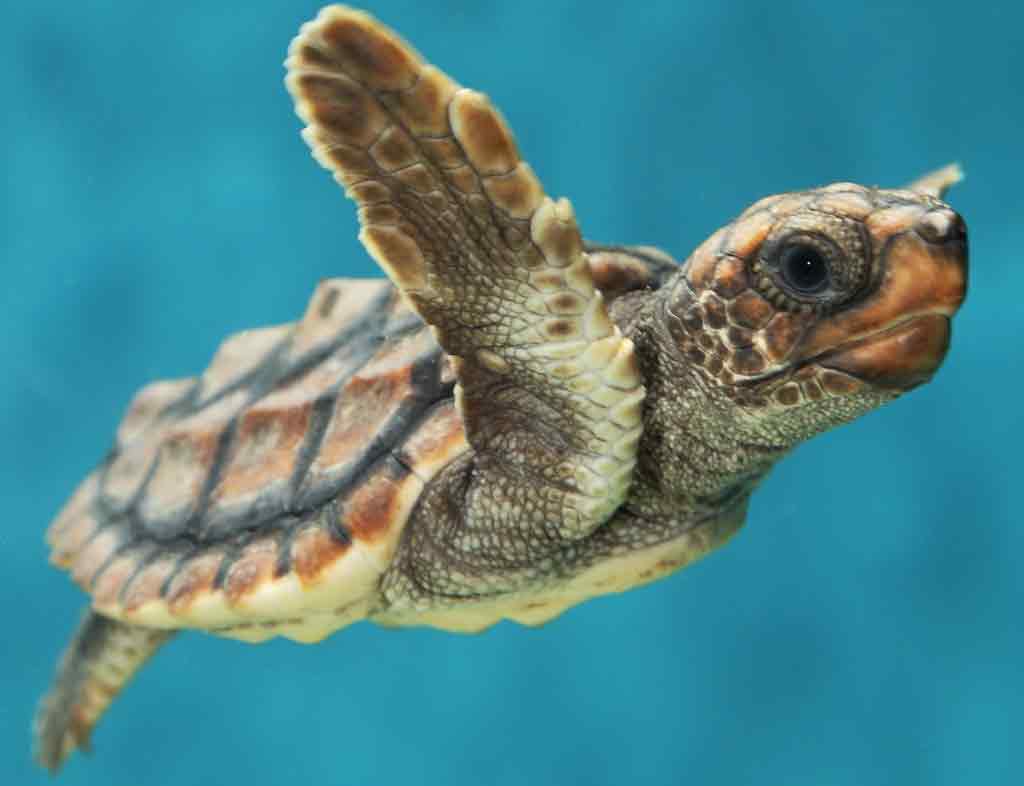Sea Turtle Guardians of the Ocean are fascinating creatures that have roamed the oceans for millions of years. In this article, we’ll explore the world of sea turtles, including their various species, habitats, behaviours, and the challenges they face in today’s world.
Sea turtles are marine reptiles belonging to the order Testudines. They are well-adapted to life in the ocean, with streamlined bodies, paddle-like limbs, and the ability to hold their breath for extended periods.
Table of Contents
Types of Sea Turtle Guardians of the Ocean
• Green Sea Turtle: Known for their herbivorous diet and vibrant green colouration.
• Loggerhead Sea Turtle: Recognized by their large heads and powerful jaws, primarily carnivorous.
• Leatherback Sea Turtle: The largest of all sea turtles, distinguished by their leathery shells and migratory habits.
• Hawksbill Sea Turtle: Named for their distinctive hooked beaks, critically endangered due to their valuable shells.
• Kemp’s Ridley Sea Turtle: The most endangered sea turtle species, nesting primarily along the Gulf of Mexico.
Habitat and Distribution
Sea Turtle Guardians of the Ocean inhabit oceans worldwide, from tropical to temperate waters. They can be found in coastal areas, coral reefs, and open ocean habitats, migrating over vast distances during their lifetimes.
Physical Characteristics
Sea turtles vary in size and appearance depending on the species, but they generally have streamlined bodies, flipper-like limbs for swimming, and hard, protective shells composed of bone and cartilage.
Diet and Feeding Habits
Sea Turtle Guardians of the Ocean have diverse diets that vary between species and life stages. While some species are herbivorous, feeding primarily on seagrasses and algae, others are carnivorous, preying on jellyfish, crustaceans, and molluscs.
Life Cycle and Reproduction
Sea turtles undertake long migrations between feeding and nesting grounds, with females returning to beaches to lay their eggs. After a lengthy incubation period, hatchlings emerge from the nest and instinctively make their way to the sea, facing numerous threats along the way.
Migration Patterns
Sea turtles are renowned for their remarkable migration journeys, travelling thousands of miles between foraging and nesting sites. These migrations play a crucial role in maintaining healthy marine ecosystems and distributing nutrients across vast oceanic regions.
Threats to Sea Turtles
Sea turtles face numerous threats from human activities, including habitat loss, pollution, climate change, bycatch in fishing gear, and poaching for their meat, eggs, and shells.
Conservation Efforts
Efforts to conserve sea turtles include the establishment of protected areas, regulations on fishing practices, habitat restoration initiatives, and public awareness campaigns aimed at reducing human impacts on sea turtle populations.
Role of Sea Turtles in Ecosystem
Sea turtles play a vital role in marine ecosystems, contributing to nutrient cycling, maintaining seagrass beds and coral reefs, and serving as indicators of ocean health.
Urban Wildlife in United States, Coexisting in Concrete Jungles
Sea Turtle Guardians of the Ocean

FAQs
1. How long do sea turtles live?
Sea turtles have long lifespans, with some species living for several decades or even over a century.
2. Do sea turtles return to the same nesting beaches?
Yes, female sea turtles typically return to the same beaches where they were born to lay their eggs, a behaviour known as natal homing.
3. Are sea turtles endangered?
Yes, many species of sea turtles are classified as endangered or critically endangered due to human activities and habitat degradation.
4. What can individuals do to help sea turtles?
Individuals can support sea turtle conservation efforts by reducing plastic pollution, supporting sustainable fishing practices, and respecting sea turtle nesting beaches.
5. Why are sea turtles important to the ecosystem?
Sea turtles play a crucial role in maintaining healthy marine ecosystems by controlling prey populations, promoting seagrass and coral reef growth, and transporting nutrients across oceanic regions.